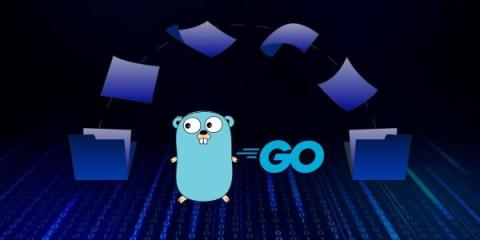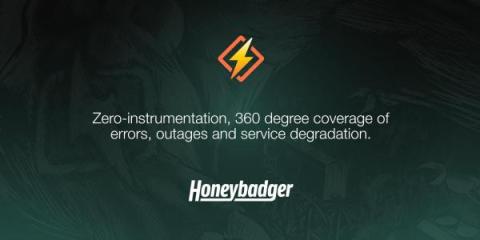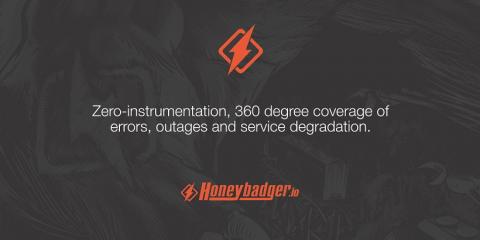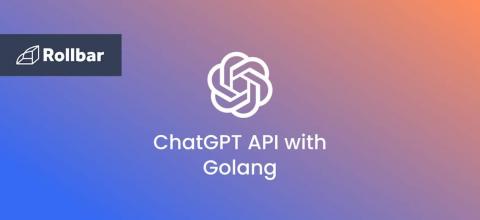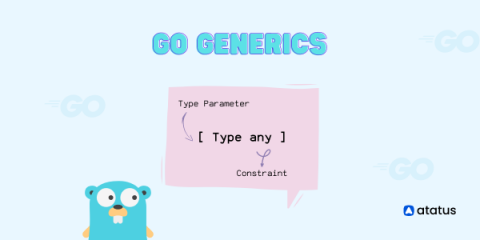Systems | Development | Analytics | API | Testing
Go
How to build an API with Go and Gin
Mastering regular expressions in Go
Creating a CRUD application with Golang and MySQL
A comprehensive guide to file operations in Go
The complete guide to dates and times in Go
Discover the power of Go's time package capabilities! From parsing and formatting dates to manipulating time zones and durations, this guide equips you with the essential knowledge on handling dates and times effectively in your Go applications.
How to Use the ChatGPT API with Golang
ChatGPT is like that cool, incredibly talented artist every band wants to collaborate with. When you need something extra, something that will give your application a bit of zing, that's where ChatGPT comes in. It's got that rhythm that gets feet tapping. This guide will take you step-by-step on how to bring together the text-generating wizardry of ChatGPT with the simplicity and efficiency of Golang, opening up exciting new possibilities for crafting more intelligent applications.
A comprehensive guide on how to migrate from Python to Go
In this guide, you will learn the advantages of migrating from Python to Go, common challenges, different approaches to migration, and two methods for migrating: manually vs. with the gopy package.
GoLang Libraries: The best ones in 2023!
Beginner's Guide to Generics in Golang
Generics in Go refers to a language feature that allows creating functions, data structures, and interfaces that can work with different types. In other words, generics enable the creation of code that is not limited to a specific type or data structure. Before the introduction of generics in Go, developers had to write multiple functions to handle different types of data. This approach was often cumbersome and led to code duplication.


